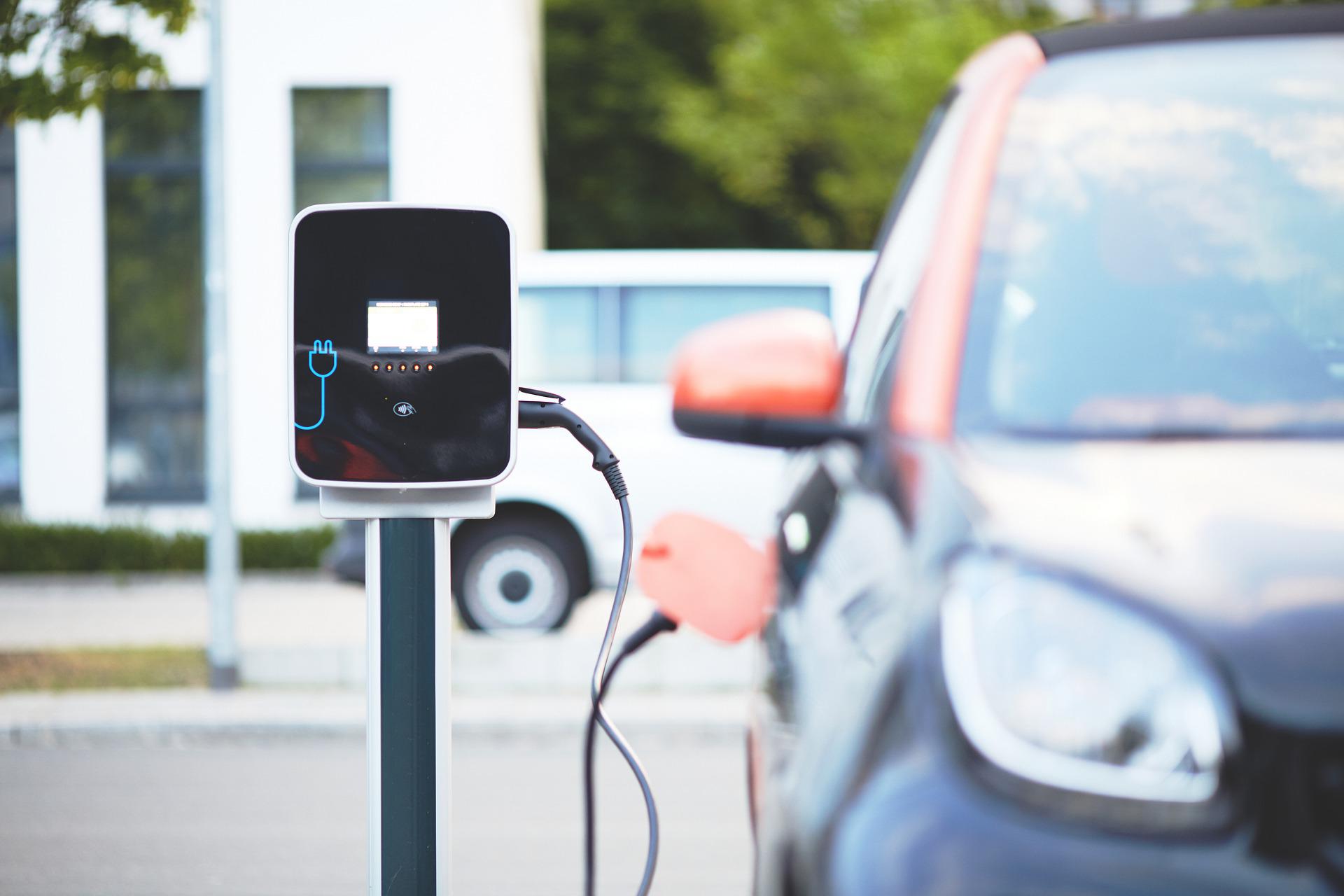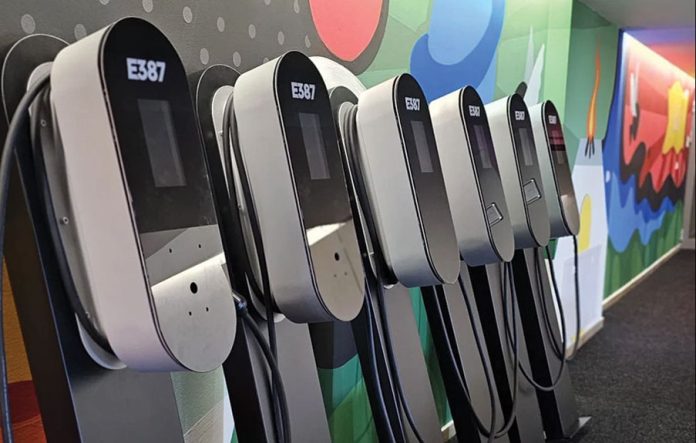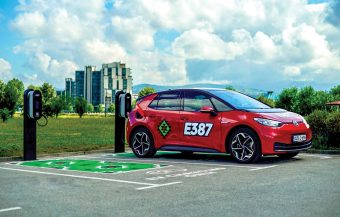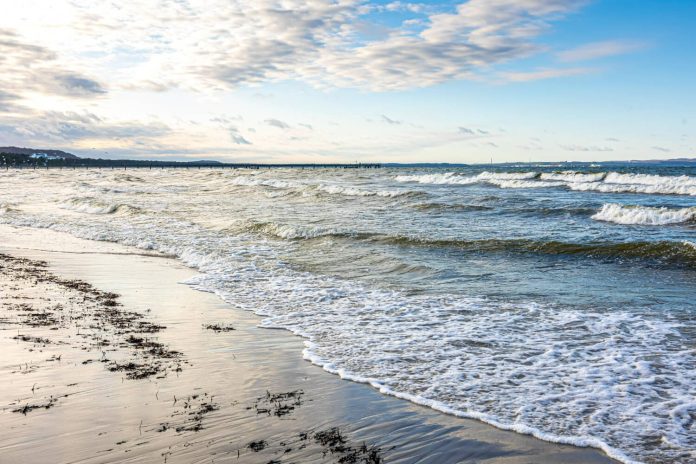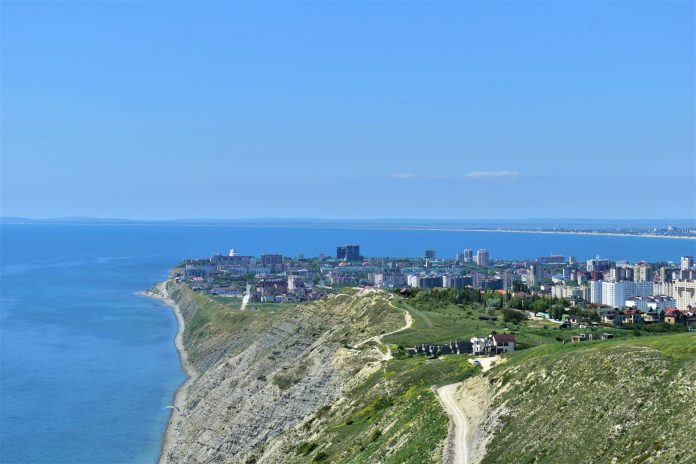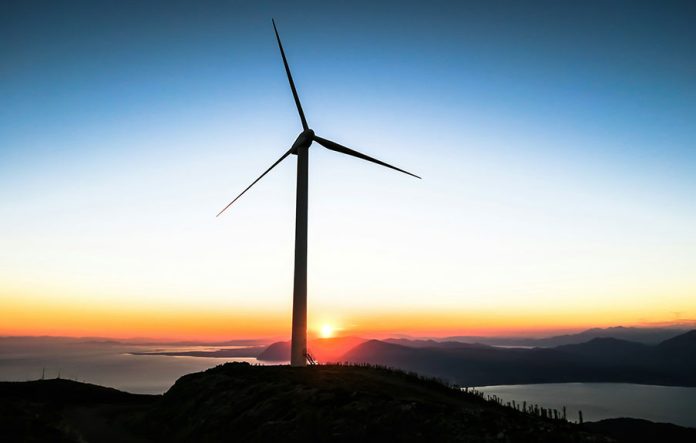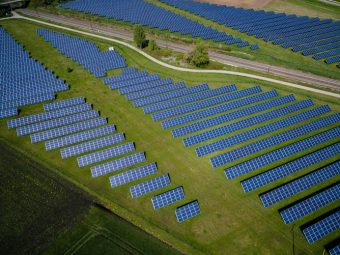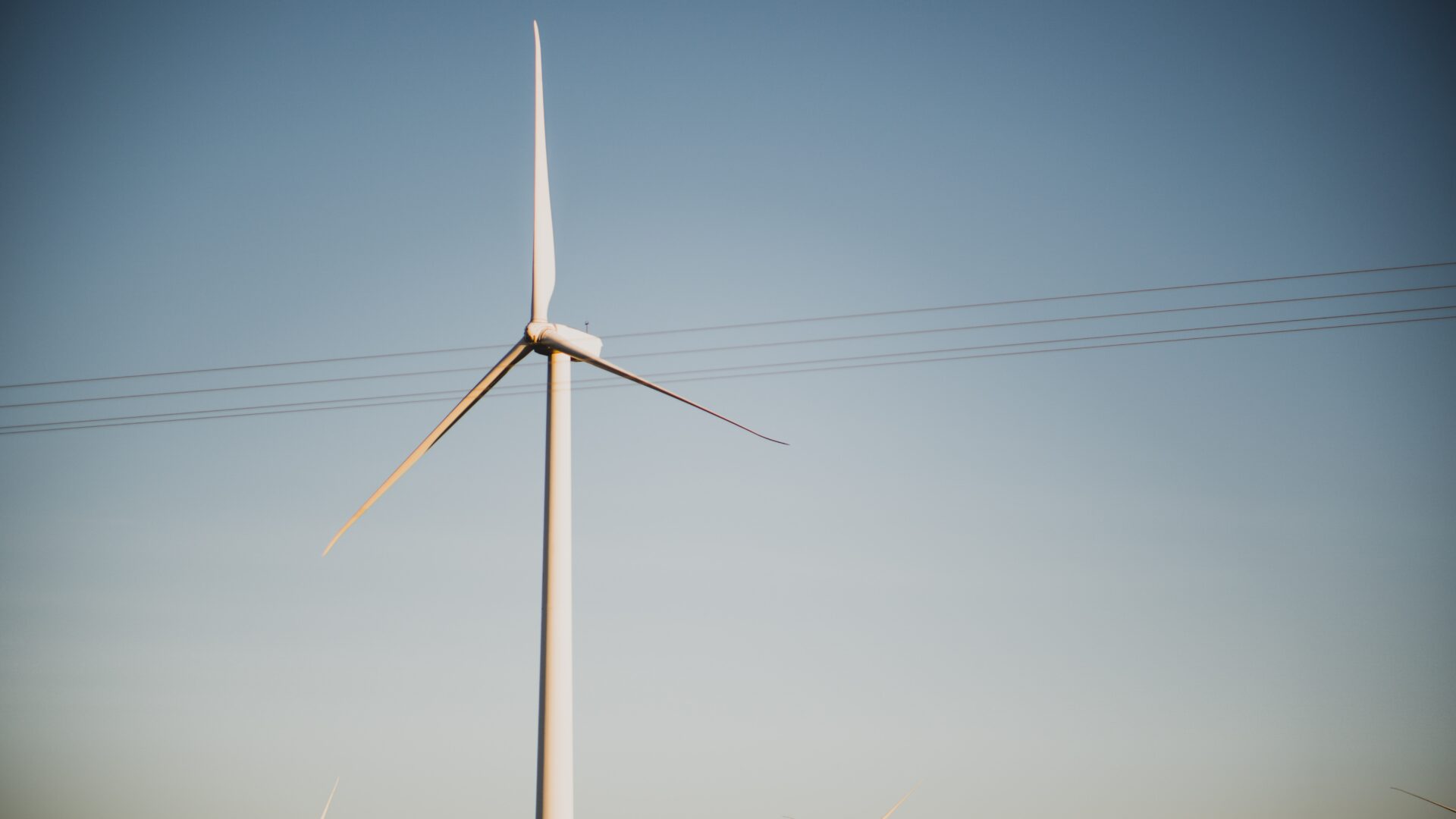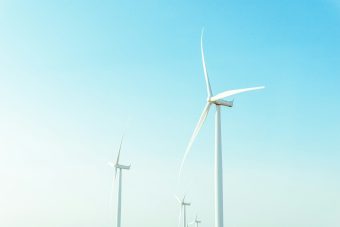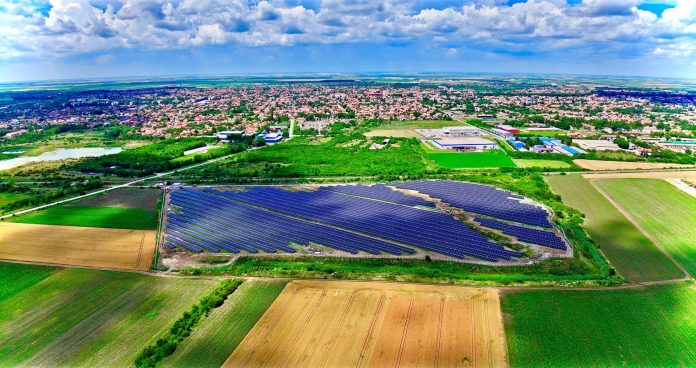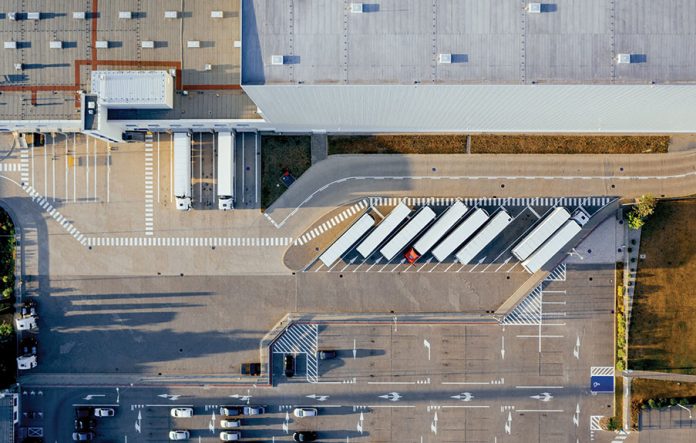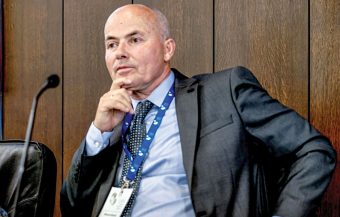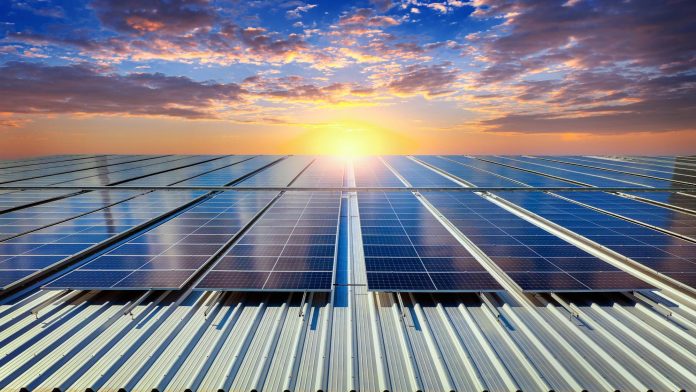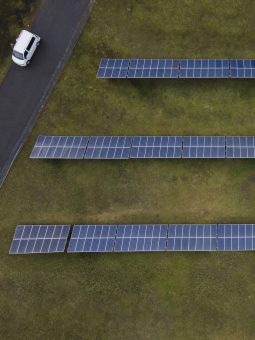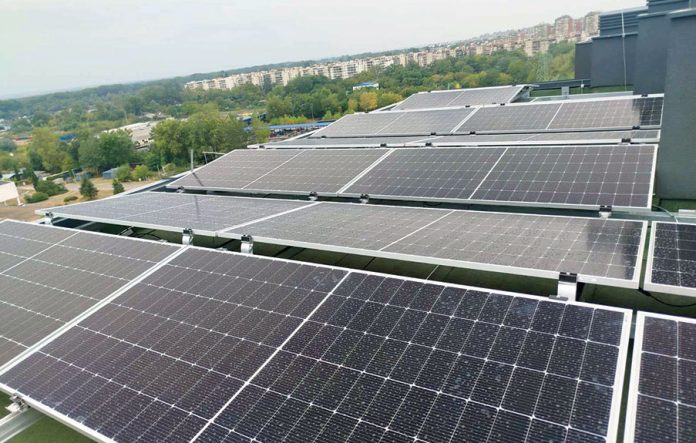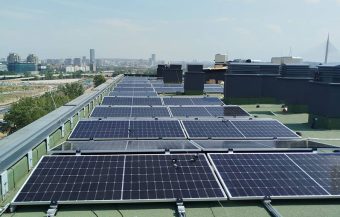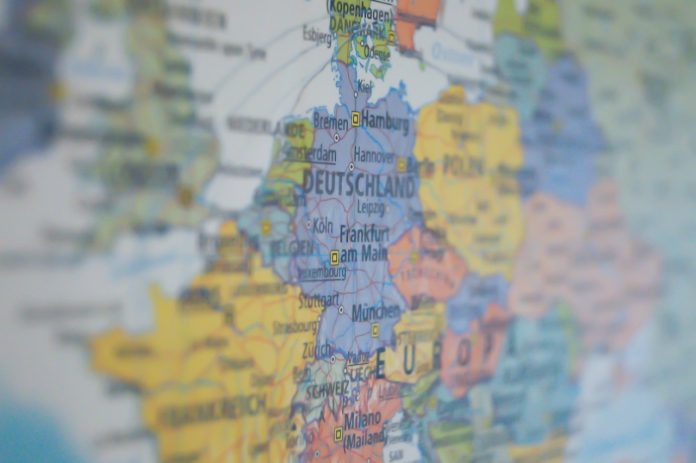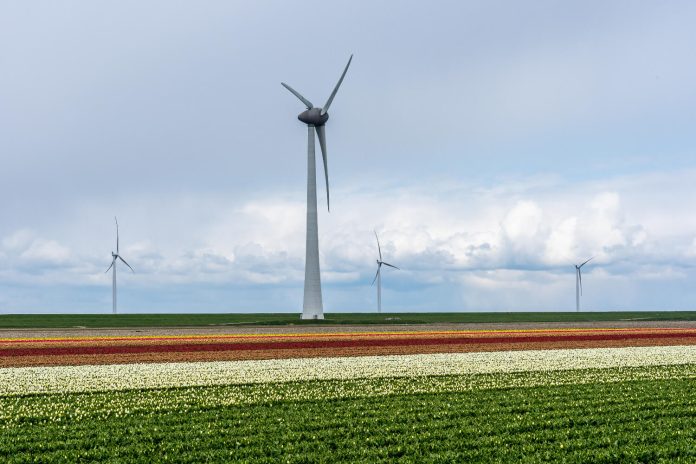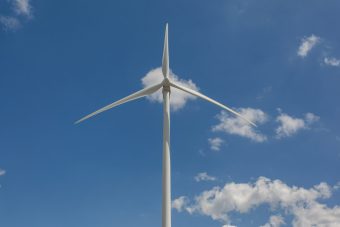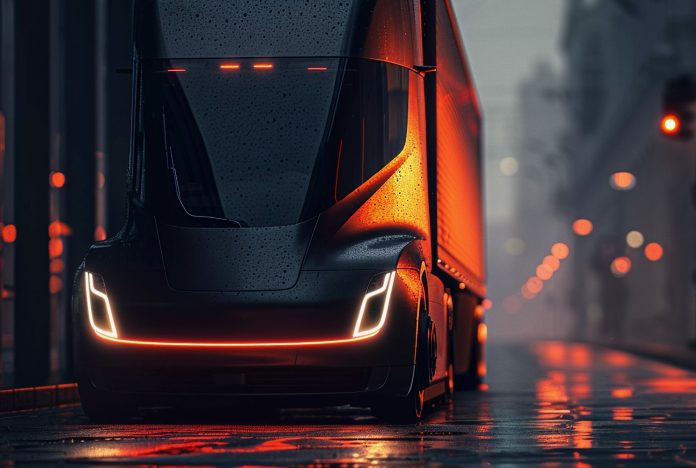The electric vehicle (EV) industry is often seen as a critical ally in combating climate change and decarbonizing transportation. However, as the EV market expands, it becomes clear that electrification alone is not enough. For EVs to fully justify their status as an environmentally friendly alternative, every aspect of their production, use, and disposal must be improved.
Below, we present three key innovations that could transform the EV sector into a greener pillar of global decarbonization efforts while delivering performance that rivals fossil-fuel vehicles.
Sodium-Ion Batteries
For years, lithium-ion batteries have dominated the EV market, but sodium-ion technology is increasingly gaining attention as a sustainable and cost-effective alternative.
Advocates of sodium-ion batteries highlight numerous advantages: lower production costs, environmental friendliness, and easier access to raw materials. Unlike lithium, which can be challenging to source and process, sodium is far more abundant, significantly reducing supply chain challenges.

Additionally, the materials used in sodium-ion battery production are generally cheaper than those used in lithium-ion batteries, leading to lower overall costs per kilowatt-hour (kWh). Production costs for these batteries are also expected to remain more stable compared to lithium-ion technologies, further ensuring their sustainability in the market, according to Innovation News Network.
A leader in sodium-ion technology is the Chinese company CATL. At the recent World Young Scientist Summit, Chief Scientist Wu Kai introduced the second generation of sodium-ion batteries, set to launch in 2025. CATL already manufactures sodium-ion batteries and incorporates them into its new hybrid Freevoi battery pack, which combines sodium-ion and lithium-ion cells.
The Freevoi battery is designed specifically for extended-range electric vehicles, offering a range of over 400 kilometers and ultra-fast charging capabilities. This innovation marks a significant step toward broader adoption of sodium-ion technology, showcasing its potential to develop more sustainable solutions for the future of the EV industry.
More:
- Electric Vehicle as an Energy Storage Solution
- Hungary Launches Program to Build Chargers in Underserved Municipalities
- Automotive Industry at a Crossroads – Slovenia Prepares Necessary Measures
Solar Cars and Solar Canopies
Solar cars are electric vehicles that use solar energy to directly power their batteries. The key to their success lies in their efficiency and lightweight design, which maximize range using the limited energy harvested from the sun.
One of the first major steps in solar vehicle development occurred in 2013 when Dutch students introduced Stella, the first family solar car. Stella could travel 890 km on a single charge during daylight, with a weight of just 390 kg and a solar array capacity of 1.5 kWh.
Its successor, Stella Lux, raised the bar even higher, breaking records with a 1,500 km range on a single charge. With exceptional aerodynamics (a drag coefficient of just 0.16) and high energy efficiency, Stella Lux can achieve an infinite range during sunny days at speeds of 72 km/h. For an average family traveling less than 320 km daily, recharging from the grid would rarely be necessary—unless they opted to return surplus energy to the grid.
Across the Atlantic, the U.S.-based Aptera Motors is dedicated to developing solar electric cars for the mass market. Their models are designed for maximum energy efficiency and affordability. Aptera vehicles use advanced solar cells capable of generating enough energy for up to 64 km of daily driving solely on solar power—ideal for urban commutes without the need for grid charging.

In addition to solar cars, solar canopies are an efficient solution for both homes and businesses. These structures provide shade and weather protection for vehicles while simultaneously generating green energy to charge batteries.
This technology is gaining traction locally, with many companies recognizing its multiple benefits. Serbian company MT-KOMEX specializes in building EV charging stations equipped with slow (AC) and fast (DC) chargers, with or without canopies. MT-KOMEX’s skilled team delivers practical, efficient, and environmentally responsible solutions, ensuring a simple and safe way to charge EVs.
Wireless Charging
Wireless charging for EVs represents a significant step toward simplifying and enhancing the EV ownership experience. This technology comes in two main forms:
- Static wireless charging works similarly to wireless smartphone chargers. When a compatible EV parks over the charger, energy transfers wirelessly, eliminating the need for cables.
- Dynamic wireless charging, a more ambitious concept, enables EVs to charge while driving on specially equipped roads. This presents a significant engineering challenge but also a potentially revolutionary solution.
Recognizing the potential of wireless charging, many companies have started investing in its development and testing. The Society of Automotive Engineers (SAE) published official standards in 2020, accelerating technological progress. Companies like BMW, Hyundai, Genesis, and Volvo are now actively developing prototypes, according to PCMag.
Interestingly, Tesla also recognized the potential of this technology, acquiring German wireless EV charger supplier Wiferion in 2023. This move is widely interpreted as a signal that wireless charging will soon become a key part of EV infrastructure.


